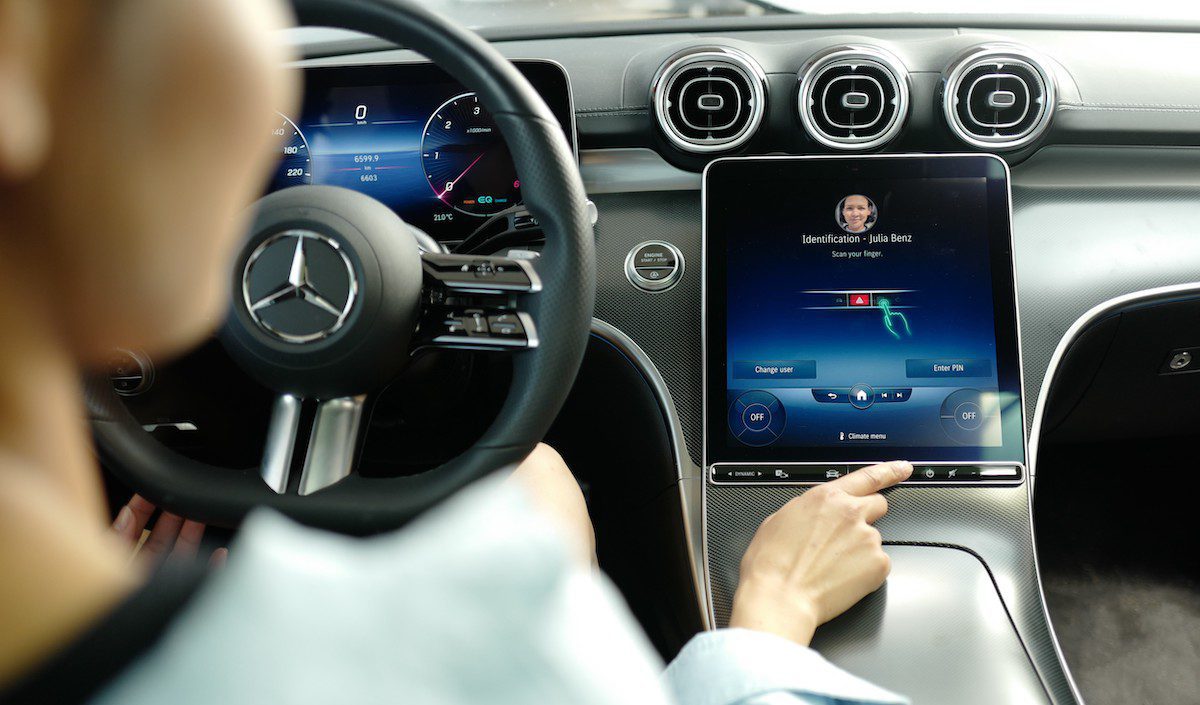Payments Become Standard Feature in Cars as OEMs Embrace Commerce

The connected economy — and specifically, connected commerce — is just getting revved up.
And we mean that literally.
A spate of recent partnerships and funding rounds detail the potential for the fully-connected car — combining entertainment, navigation, real-time data and diagnostics, and especially payments — to make the leap into reality.
Payments, we note, lie at the center of it all. And it’s the ability to pay in the cockpit, right at the dashboard, in other words, that may give consumers the incentive to conduct an ever-broader range of everyday activities from behind the wheel.
In just one recent announcement, Mercedes-Benz said this week that it has begun using Visa technology to enable native in-car payments. As reported, Mercedes pay+ will debut on selected models this month in Germany. And, in using the payments option, users can pay for a range of digital services and shop for connected-car offerings. There’s a biometric component in the mix, as purchases will be enabled via a fingerprint sensor mounted in the car. Mercedes pay+ is powered by Visa’s Delegated Authentication and Visa Cloud Token Framework technology.
In another example from 2021, J.P. Morgan struck a deal with German carmaker Volkswagen to buy roughly 75% of its Volkswagen Payments S.A. And in an interview from that same month, J.P. Morgan CEO of Merchant Services Max Neukirchen told Karen Webster that the car is “becoming a device,” connecting us to payments.
Paying for Parking — and More
At the end of last year, BMW announced its own in-vehicle parking payments offering, in a joint effort with Parkopedia’s payment platform. Through those efforts, the companies have enabled drivers in Austria and Germany to find and pay for parking. Sensors connect payable locations and vehicles, prompting the car to display the payment function and suggest the driver pay at applicable locations, according to the announcement.
In a nod to recent funding, as reported here last month, Car IQ raised $15 million, as the payment solution sees potential in combining trusted identity and payments to link vehicles to all manner of purchases without a payment card tied to it all.
“Essentially what we’ve created is a vehicle wallet, but what’s more important is what’s inside that wallet — in our case, we’ve gone further than storing money, storing value and distributing that value,” Car IQ CEO Sterling Pratz told Karen Webster. “We actually have purses inside each wallet and those purses can be responsible for different things: you can have a purse that’s just focused on loyalty rewards, one is focused on payments, one is focused on driver incentives, and you can add value to each one of those things.”
Generally speaking, the technology that can fashion the car into a 4,000-pound Internet of Things keeps advancing. And the use cases move beyond paying for parking and fuel, though we’d posit that the more often consumers do this, the more comfortable they’ll feel using the in-vehicle apps and biometrics, and trusting that their data can be used to bring relevant offers and promotions, in real time, to drivers.
In our latest survey “The ConnectedEconomy™ Monthly Report: Digitally Divided — Work, Health and the Income Gap,” we found a 14% jump in travel- and transportation-related apps. And the share of consumers using gas station tracking apps is up 18% year over year … indicating that the road’s all-clear for payments to take root behind the steering wheel.

